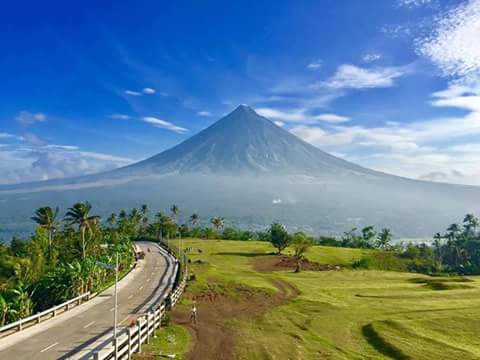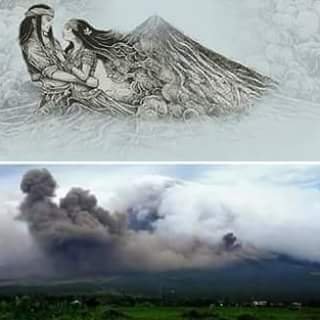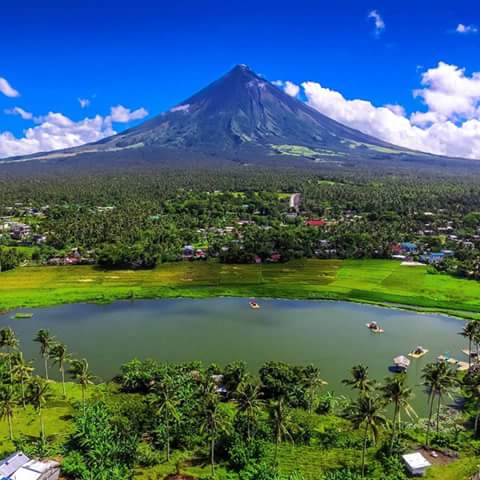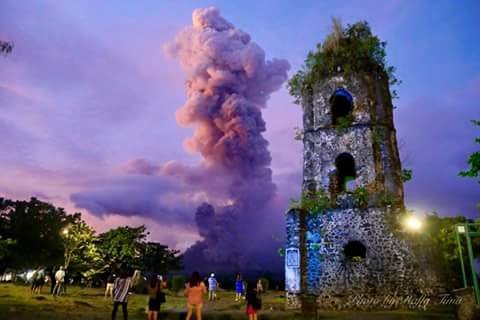MAYON VOLCANO Basic Facts
🌋Mayon came from the word “Magayon” which means beautiful.
🌋Most active volcano in the Philippines and a part of the Pacific Ring of Fire.
🌋Considered as the most perfect volcano because of its symmetry.
🌋The main landmark on the Province of Albay and shared geographically by eight municipalities: Legazpi, Daraga, Camalig, Guinobatan, Ligao, Tabaco, Malilipot, and Santo Domingo.
🌋It was declared a national park and protected landscape on July 20, 1938. Then later in year 2000 it was reclassified and renamed as Mayon Volcano Natural Park.


Photo credits:arlene decena
Did you know that…
🌏In February 1, 1814 was the most destructive eruption in the history of Mt. Mayon that killed 1,200 people.
🌏The longest uninterrupted eruption that lasted seven days of raining fire occurred on June 23, 2015

TODAY IN HISTORY: Exactly 204 years ago, on FEBRUARY 1, 1814, MT. MAYON had a a Plinial Eruption, considered the volcano's most destructive recorded activity. The 1814 eruption destroyed nearby towns of Cagsawa and Budiao. Now only the bell tower of Church (built 1724) is still standing, famously known as CAGSAWA RUINS and has become the TOP TOURIST DESTINATION and the MOST PHOTOGRAPHED MAN-MADE STRUCTURE in BICOL REGION.
For more than two centuries, the Cagsawa Ruins have stood as a symbol of the Bicol region’s impressive landscape, rich history and the strength and resilience of the ALBAYANOS in facing adversity and the all too frequent ravages of Mother Nature.
The National Historical Commission of the Philippines (NHCP) recognized Cagsawa Ruins as a SIGNIFICANT HISTORIC STRUCTURE. The National Museum (NM) also declared it as a NATIONAL CULTURAL TREASURE, the country’s highest designation for a cultural property.

Photo by Raffy Tima (Jan. 2018)
You can follow me,upvote reestemed and comment;
